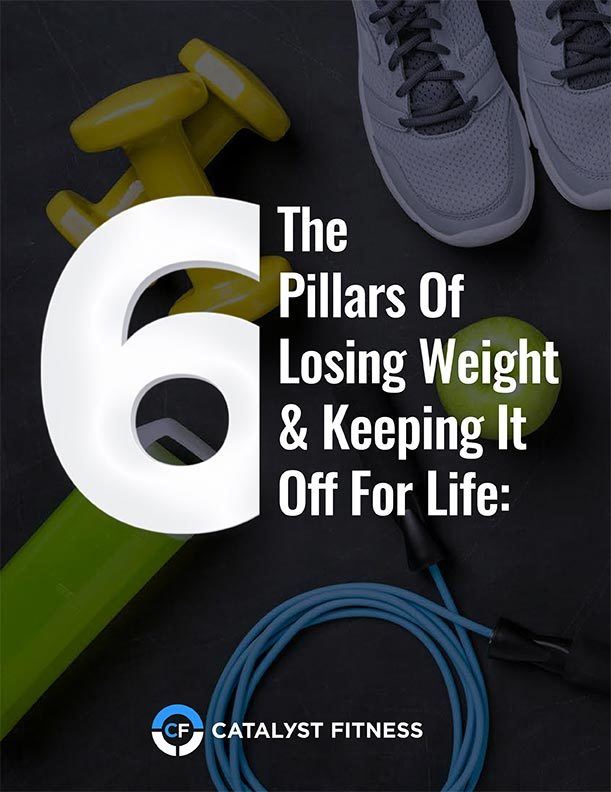Lower back pain is a common issue that can stem from a variety of causes, including disc herniations, spinal stenosis, spondylolisthesis, arthritis, muscle tightness, mental stress, and leg imbalances. Each of these conditions requires a unique approach when it comes to exercise, which is why I believe in the importance of conducting a thorough assessment before starting any workout program.
The Importance of Assessments
At our facility, every client undergoes a comprehensive assessment before beginning their training. This allows us to identify the specific issues contributing to their lower back pain, whether it’s related to mobility, stability, or alignment.
Some key areas we focus on during the assessment include:
Hip Mobility: Restricted hip mobility can lead to compensations in the lower back, causing pain. We evaluate how well the hip can move in all directions, especially its ability to abduct, extend, and adduct.
Ankle Mobility: Poor ankle mobility can affect the entire kinetic chain, leading to issues higher up in the body, including the lower back.
Sacral Torsion: Misalignment in the sacrum can lead to an imbalance in the pelvis, contributing to lower back pain.
Leg Length Discrepancies: Even a slight difference in leg length can cause compensatory patterns that stress the lower back.
The Adduction Drop Test: My Favorite Diagnostic Tool
One of my favorite tests to perform is the adduction drop test. This test is particularly revealing because it helps us understand the function of the hip joint. If the hip can’t properly abduct, extend, or adduct, it often leads to lower back or knee pain—or both simultaneously.
The results of this test are crucial because they dictate the exercises we prescribe for our clients. For example, if the test reveals limited hip abduction, we may focus on exercises that improve lateral hip strength and mobility. If extension is restricted, we might prioritize movements that enhance hip flexor flexibility and strengthen the glutes.
A Customized Approach to Exercise
Given that every client has a different underlying cause for their lower back pain, their exercise program must be tailored to their specific needs. Here’s how we typically approach different conditions:
Disc Herniations: We focus on exercises that reduce spinal compression and promote core stability, such as dead bugs, bird dogs, and modified planks.
Spinal Stenosis: Flexion-based exercises are often helpful, as they create space in the spinal canal. We emphasize movements that avoid excessive extension, which can exacerbate symptoms.
Spondylolisthesis: Stabilization exercises that minimize spinal movement are key. We might incorporate isometric holds and gentle stretching to reduce strain on the affected vertebrae.
Arthritis: Low-impact exercises that improve joint mobility and reduce stiffness are essential. Aquatic exercises, stationary cycling, and controlled strength training can be beneficial.
Muscle Tightness: Stretching and myofascial release techniques are often used to alleviate tightness, combined with strengthening exercises to prevent future issues.
Mental Stress: Stress management techniques, such as mindfulness and relaxation exercises, are integrated into the program to reduce the impact of mental stress on muscle tension.
Leg Imbalances: Correcting imbalances through targeted strength training and mobility exercises helps reduce compensatory strain on the lower back.
Conclusion
Addressing lower back pain requires a nuanced and individualized approach, which is why assessments are the cornerstone of our process. By understanding the root cause of your pain and tailoring your exercise program accordingly, we can help you move better, feel better, and achieve your fitness goals without exacerbating your condition.
If you’re struggling with lower back pain and want a customized plan that addresses your unique needs, I invite you to reach out and schedule an assessment with us. Text “movement screen” to 954-280-4829 to get started today. Together, we can create a program that not only alleviates your pain but also helps you build strength, mobility, and resilience.


